We received some great feedback on our NVIDIA deep learning / AI desktop GPU Q2 2017 value comparison and had several requests for a Quadro version. NVIDIA Quadro is the GPU maker’s “professional workstation” series. Part of what that means is that these GPUs are certified to run applications which is an important attribute when single machine licenses can run tens of thousands of dollars. We are going to use the same metrics as we used in our deep learning/ AI desktop value comparison series so you can compare them. We are also going to point out a few key differences of the Quadro cards.
A Word on Methodology in this Segment
In terms of methodology, we used Amazon pricing for these cards during the first week of July 2017. We do want to point out that, like CPUs, OEMs that typically sell these cards may elect to sell them at discounts bundled in systems. For an example, the Dell Precision 7910 currently has an incremental cost of $4710 (after 25% off promotion) to add a second NVIDIA Quadro P6000 while the cards are only $4529 on Amazon. You can read our NVIDIA Quadro P6000 review for more information about that card.
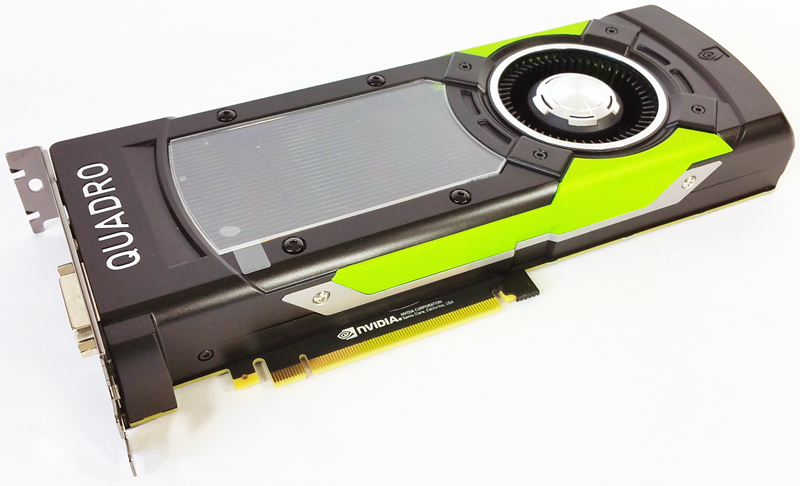
The point here is that pricing on higher-end workstation cards are such that the MSRP have room for OEM discounting which may end up being lower than a retailer, such as Amazon’s, pricing.
NVIDIA Quadro (Pascal) GPU Value Comparison Q3 2017
Here we are going to compare the NVIDIA Quadro line from top to bottom in terms of three key metrics: total memory, compute potential, and memory bandwidth. Here is what our chart looks like for the NVIDIA Quadro (Pascal) series:
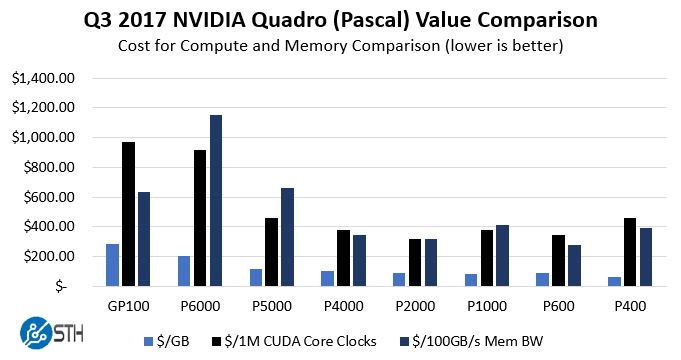
As you can see, the NVIDIA Quadro GP100 and P6000 extract a large premium while we also see a large premium on the Quadro P5000 GPU. From the Quadro P4000 and lower, we see pricing that is about 2-4x what we see on desktop parts. The Quadro GP100, P6000, and P5000 all have ECC memory. More importantly, the Quadro GP100 has higher single precision compute power which can be important for deep learning (as an example.)
Beyond raw compute, the NVIDIA Quadro series has a number of features that we do not see on desktop GeForce GTX cards. One example is GPUDirect RDMA that allows GPUs to access PCIe fabrics directly. From a software perspective, costly applications often support only NVIDIA Quadro cards. When an organization or user requires ISV support, Quadro cost justifications are not solely based on compute resources.
Final Words
One purchases the NVIDIA Quadro line for features and certifications, not outright compute per dollar. Still, we wanted to show a comparison of the NVIDIA Quadro series that can be used with our NVIDIA GTX series comparison for those interested in building deep learning CUDA compute machines. Hopefully, our readers will find this quick chart useful for their analysis.

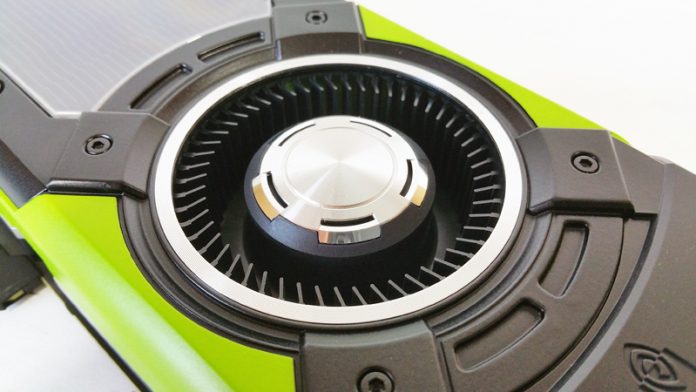
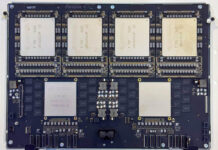
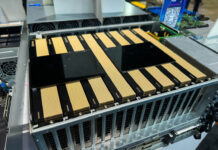
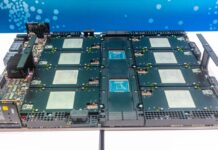
yeah Quadro and Tesla (* sight *)
useless and completely overpriced vs a Titan card – which as been introduced for GPU development, compute and Deep Learning.
the Titan is faster than any other card, and as any functionality you want for Rendering/Deep learning/Compute, including the TCC (tesla compute) driver model.
now “exclusively-politcaly-marketing fluff” locked down driver of titan vs quadro does not allow to :
– mix a titan with quadro
– use a quadro driver with titan
– use a titan in a virtual machine (so crazy code 42 intentional bug)
– forced to use a geforce as pure booting card, to support Titan in TCC…
so bad politic that want to sell you a driver at 5x the price of a card, easy milking money!
Nvidia should really make a MUCH MORE real difference between those cards; not only with drivers but exclusive hardware feature that people are ready to pay premium for.
very hopefully, AMD vega FE profressional card, will cost the same price of the titan, and be FULLY UNLOCKED. that, perhaps will deeply hit and awake Nvidia , and make the titan back to the professional field, with true dedicated driver… or divide the price of the high-end quadro by 3.